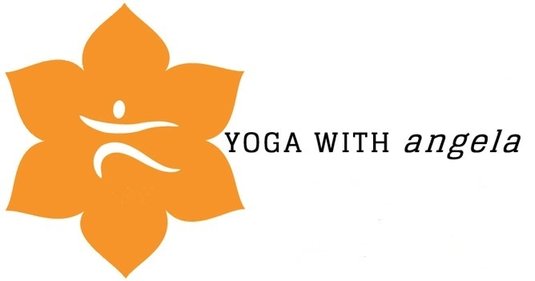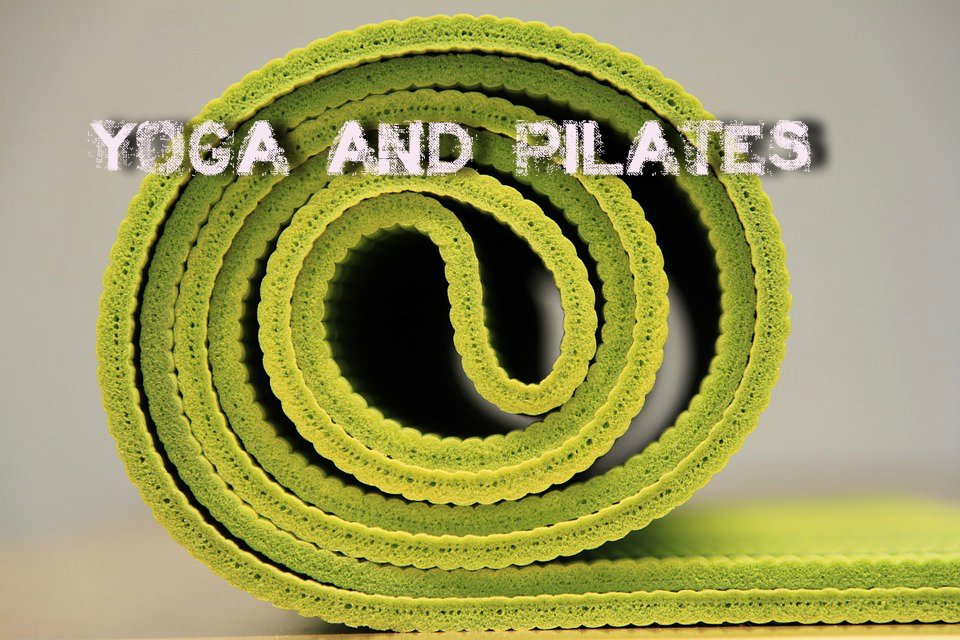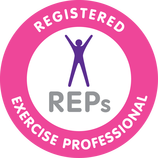I get asked this question all the time, especially when people are looking to decide whether to try a yoga or a Pilates class.
So I thought it would be worth saying a few words about it in my blog. Obviously, these are my personal opinions and I would be very happy to be challenged or enter into further discussion about it!
Pilates is named after Joseph Pilates, who put together the original 34 Pilates movements in the 1920s. He devised exercises for specific equipment and also exercises for mat work. I teach mat work Pilates, which provides a thorough programme of exercises that can be performed anywhere.
Many people become interested in Pilates because of its emphasis on core stability and on creating a longer and leaner body with improved flexibility.
Others have been recommended to practice Pilates by physiotherapists or osteopaths, or sometimes even by medical practitioners, particularly if they have injured their backs. Pilates is a functional form of exercise appropriate to the needs of everyday living. It develops the areas that need attention and builds strength. Building strength in the abdomen is vital to most daily activities, as it is this area which provides core stability. This is the essence of Pilates.
Pilates involves no philosophy and although there is some time spent focussing on breathing, relaxing and taking time for yourself, it has no spiritual aspects. Many people are drawn to Pilates for this very reason.
So I thought it would be worth saying a few words about it in my blog. Obviously, these are my personal opinions and I would be very happy to be challenged or enter into further discussion about it!
Pilates is named after Joseph Pilates, who put together the original 34 Pilates movements in the 1920s. He devised exercises for specific equipment and also exercises for mat work. I teach mat work Pilates, which provides a thorough programme of exercises that can be performed anywhere.
Many people become interested in Pilates because of its emphasis on core stability and on creating a longer and leaner body with improved flexibility.
Others have been recommended to practice Pilates by physiotherapists or osteopaths, or sometimes even by medical practitioners, particularly if they have injured their backs. Pilates is a functional form of exercise appropriate to the needs of everyday living. It develops the areas that need attention and builds strength. Building strength in the abdomen is vital to most daily activities, as it is this area which provides core stability. This is the essence of Pilates.
Pilates involves no philosophy and although there is some time spent focussing on breathing, relaxing and taking time for yourself, it has no spiritual aspects. Many people are drawn to Pilates for this very reason.
Yoga is so much more difficult to summarise. It is a practise which takes a more holistic approach — a union of the mind, the body and the breath. It is a way of keeping good health and happiness in this busy, always-on world of ours. There is a physical practise, which combines breath and movement to build strength and flexibility, but there is also an equal emphasis on relaxation to slow down, relax and unwind.
The roots of yoga can be traced back roughly 5,000 years. Originally, it was passed on verbally through gurus and disciples working closely together to preserve the teachings they had received. Yoga is not a religion or a renunciation. You do not have to become a vegetarian, give up alcohol or stop smoking. It does offer positive encouragement to maintain good health and peace of mind, however. Yoga is more than a functional form of exercise; it combines relaxation, breathing and energy components, and helps to bring more awareness of the self — physically, mentally and spiritually.
I enjoy teaching yoga and Pilates in equal measure. I love the functionality of Pilates and the spirituality of yoga. The two combined provide me with all I need from a physical standpoint and a practise which challenges me mentally.
What do you think about my explanation? Do you agree? Drop me a comment below — I’d love to know your thoughts.
The roots of yoga can be traced back roughly 5,000 years. Originally, it was passed on verbally through gurus and disciples working closely together to preserve the teachings they had received. Yoga is not a religion or a renunciation. You do not have to become a vegetarian, give up alcohol or stop smoking. It does offer positive encouragement to maintain good health and peace of mind, however. Yoga is more than a functional form of exercise; it combines relaxation, breathing and energy components, and helps to bring more awareness of the self — physically, mentally and spiritually.
I enjoy teaching yoga and Pilates in equal measure. I love the functionality of Pilates and the spirituality of yoga. The two combined provide me with all I need from a physical standpoint and a practise which challenges me mentally.
What do you think about my explanation? Do you agree? Drop me a comment below — I’d love to know your thoughts.


 RSS Feed
RSS Feed
